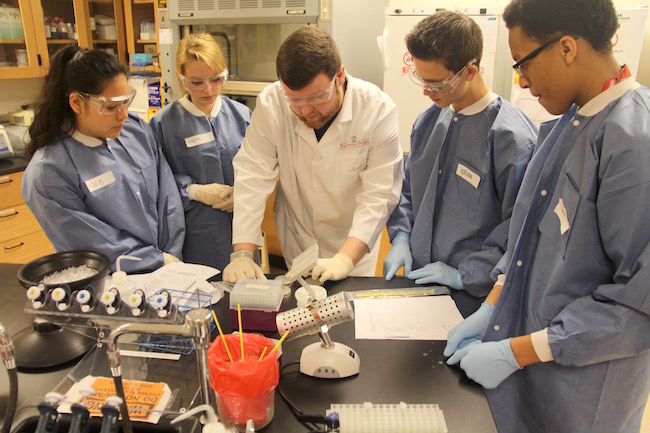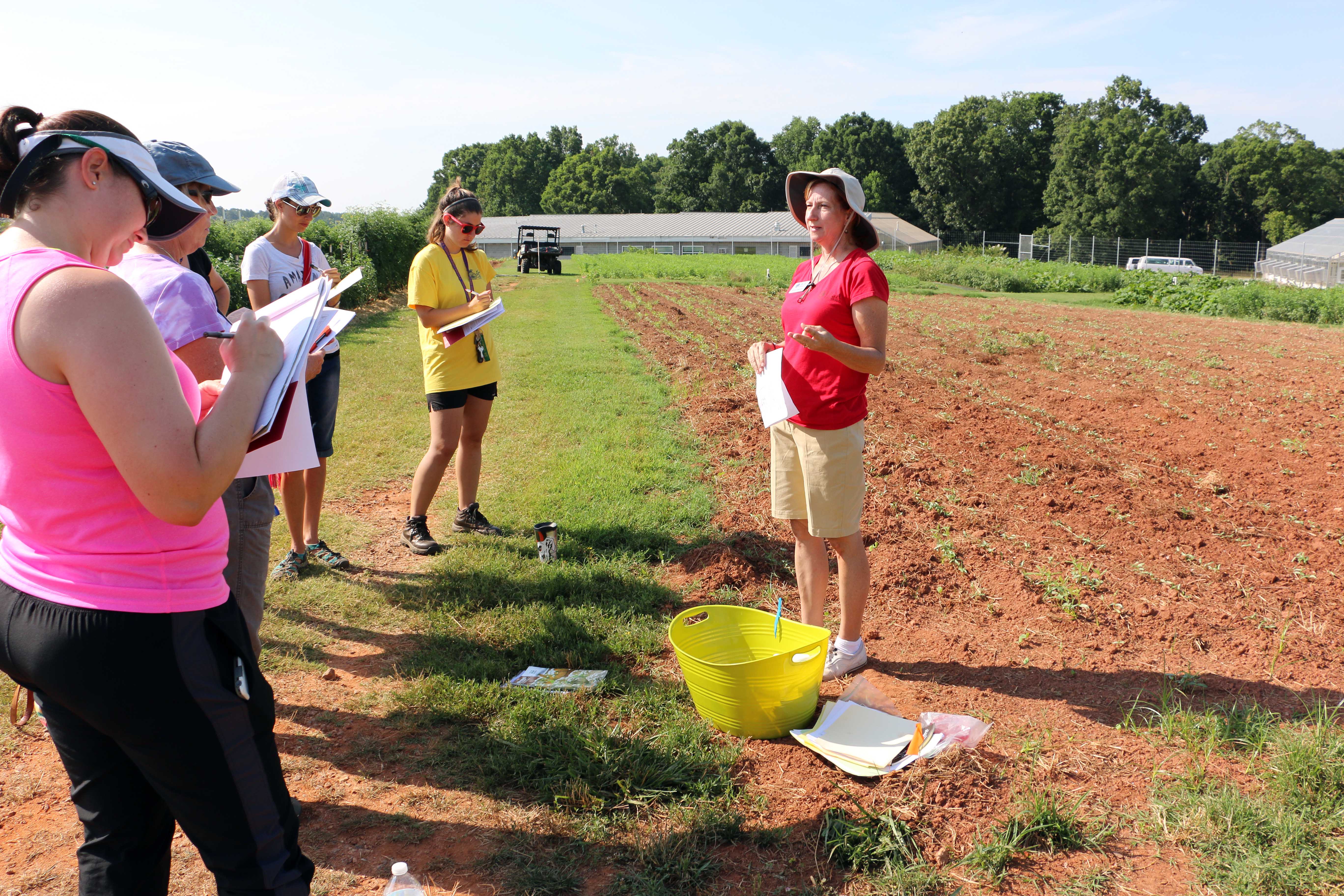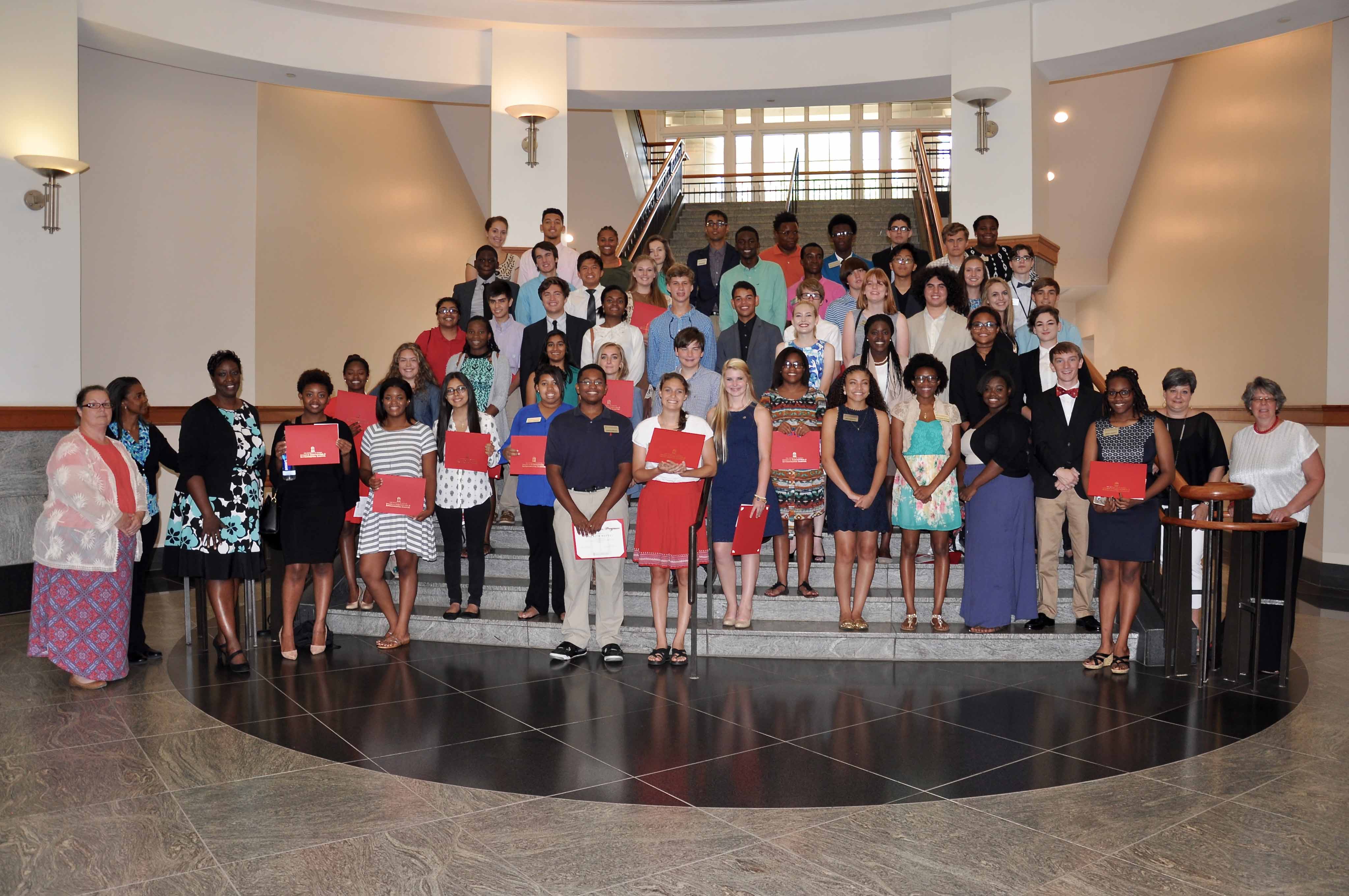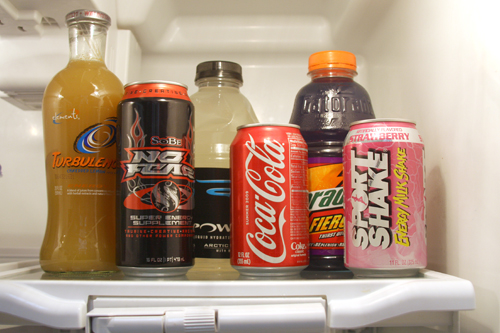Less than 20 years ago, cell phones were considered luxury items used only in emergencies. Today, 4.1 billion people worldwide own cell phones. Most families have at least one, and often multiple, cell phones. Children often are the heaviest users of the technology.
“About 75 percent of 4-H-age children have cells phones,” said Arch Smith, interim state leader of the Georgia 4-H program. “And they aren’t using them just to talk to their friends and family members.”
Ninety percent use their phones to send text messages, 85 percent to take photographs, 68 percent to send photographs and 55 percent to record videos, he said.
“They make 230 calls per month or eight calls per day, on average,” Smith said. “That’s nothing compared to the 1,742 text messages the average teenager types in a month.”
Set boundaries
Even though cell phones have become a part of everyday life, parents should set boundaries for their use both at school and at home, says Diane Bales, a human development specialist with University of Georgia Cooperative Extension.
“The biggest problem with cell phones is the number of students who are addicted to them,” she said. “They spend all of their time texting and not enough time listening.”
Bales has seen the overuse of cell phones first hand in the college classes she teaches at UGA.
“When a student texts in class, he’s not listening,” Bales said. “If he were texting about what he’s learning that would be different, but he’s probably not.”
Many schools have rules about cell phone usage including setting limits on when the phones can be used, where the phones can be used and, in some cases, banning their use on school grounds entirely.
“Cell phones aren’t inherently bad, kids just need guidance from teachers and parents on appropriate usage,” she said. “Texting at the dinner table is not an appropriate use.”
Bales once observed a student texting on her cell phone while standing at the front of the classroom during a group presentation.
“I have it spelled out in my syllabus that it’s inappropriate to text in class and that students will lose points for doing so,” she said.
Multi-tool
According to a survey by Common Sense Media, more than one out of three teenagers admits to using a cell phone to cheat at least once. They also admit to using their phone’s internet access to find answers to test questions. The survey also showed that one out of four teenagers feel accessing notes stored on a cell phone during a test isn’t cheating.
“Some of the newer phones have cameras that students could use to take photo of their classmates’ test papers,” Bales said.
Bales suggests teachers encourage students to use their cell phones, and other technical devices, to help them with their school work.
“If a student has an iPhone, first I’m jealous, but he could use it to work on a research project,” she said. “The technology allows him to look something up on the Internet, find a good source of information and never leave the classroom or his desk.”
Bales says teachers and parents should guide students to appropriate resource websites to ensure they use reliable sources of information.
In this way, modern technology is being used to benefit the student and spark his interest in new media, she said.
According to a survey by the Family Education Network, 85 percent of respondents feel cell phones should be allowed at school, but their usage should be controlled by school administrators.
Whether a cell phone is being used at school or at home, Bales recommends having a definite list of rules and consequences for breaking the rules.
Students should have a cell phone-use curfew and cell phone-free times, such as during homework hours, she said.
“Teenagers have a hard time recognizing limits,” she said. “They need to be told what is appropriate and what isn’t in all aspects of their lives. Cell phone usage is just one area.”






